Discover the truth about eggshells for plants—are they really good for your garden? Learn how to use eggshells for plants, when to apply them, and which plants benefit most. Get science-backed tips, personal experience, and answers to common FAQs.
Eggshells for Plants: A Gardener’s Secret Weapon or Overhyped Hack?
A few years ago, I noticed my tomato plants were struggling with blossom end rot—a common issue caused by calcium deficiency. Desperate for a solution, I crushed eggshells from my morning omelets and sprinkled them around the base of the plants. To my surprise, the next batch of tomatoes grew plump and healthy. Since then, I’ve used eggshells in my garden and indoor plant care routine, but I’ve also learned that their benefits (and limitations) aren’t always what they seem.
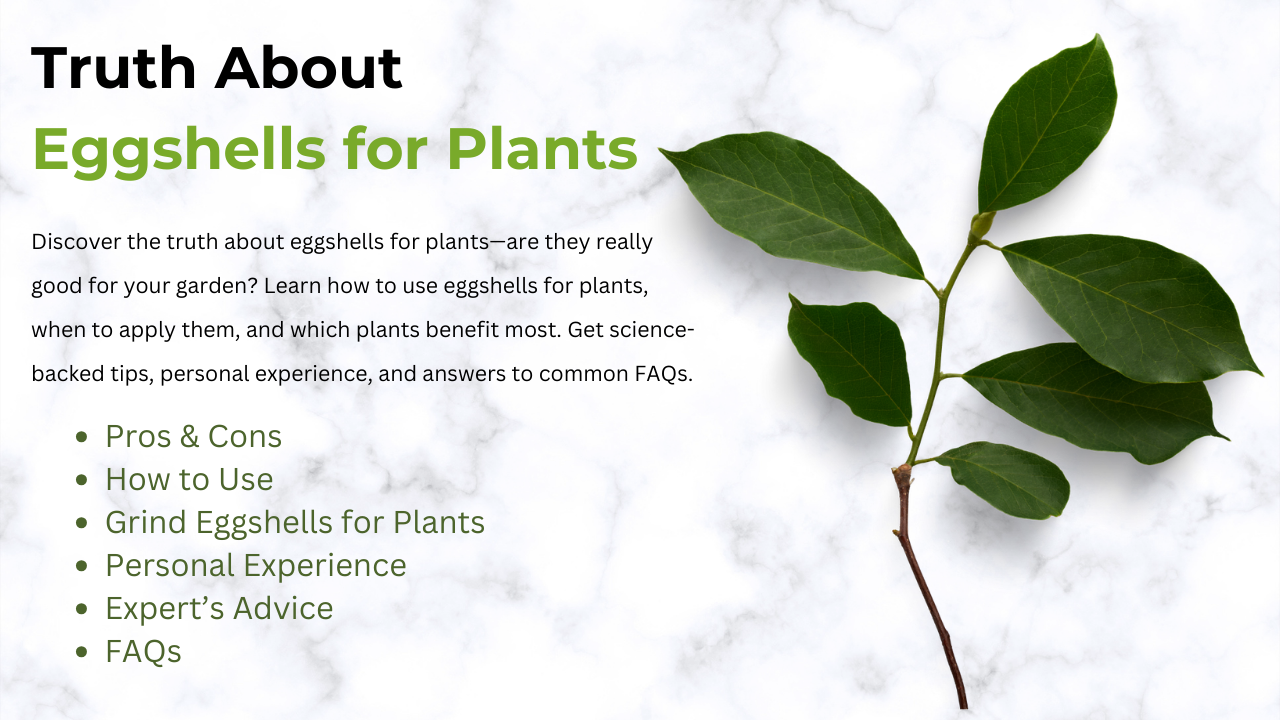
You may also like: Best Light for Indoor Plants
In this guide, we’ll explore the pros and cons of eggshells for plants, how to prepare them correctly, and which plants truly benefit from this kitchen scrap.
Pros & Cons of Eggshells for Plants
Eggshells aren’t a magic fix, but they offer unique advantages and a few drawbacks.
Pros:
- Calcium Boost: Eggshells are 95% calcium carbonate, which strengthens cell walls and prevents disorders like blossom end rot in tomatoes and peppers.
- Soil Aeration: Crushed shells improve drainage in heavy clay soils.
- Pest Deterrent: Sharp edges deter slugs and snails (I’ve seen fewer holes in my hostas since using them!).
- Eco-Friendly: Repurposing eggshells reduces kitchen waste.
Cons:
- Slow Release: Eggshells decompose slowly, so they won’t provide immediate calcium.
- pH Impact: Overuse can raise soil pH, harming acid-loving plants like blueberries.
- Messy Prep: Grinding shells into powder requires time and effort.
How to Use Eggshells for Plants?
To maximize benefits, follow these steps:
- Clean the Shells: Rinse off egg residue to avoid attracting pests.
- Dry Them: Bake shells at 200°F for 10 minutes or air-dry for 2–3 days.
- Crush or Grind: Break shells into small pieces or powder (see next section).
Apply Strategically:
- Mix crushed shells into potting soil for drainage.
- Sprinkle powder around plant bases as a calcium supplement.
- Add whole shells to compost bins to enrich the final product.
Personal Tip: I bury crushed eggshells when transplanting seedlings to give roots gradual calcium access.
How to Grind Eggshells for Plants?
Finely ground shells break down faster, making nutrients more available. Here’s how to do it:
Oven Method:
- Bake cleaned shells at 200°F for 10 minutes to sterilize.
- Crush with a rolling pin, then grind in a coffee grinder.
Mortar and Pestle:
- Grind air-dried shells manually for small batches
Blender Hack:
- Pulse shells in a high-speed blender until powdery.
Storage: Keep ground shells in an airtight jar. I reuse old spice containers for easy sprinkling.
When Do Plants Need Eggshells?
Eggshells aren’t for every plant. Use them when:
Calcium Deficiency Signs Appear: Blossom end rot, weak stems, or yellowing leaves.
Growing Calcium-Hungry Crops: Tomatoes, peppers, eggplants, and broccoli.
Soil is Acidic: Eggshells gently raise pH (ideal for neutral to alkaline soils).
Avoid Using For:
Acid-loving plants (blueberries, azaleas).
Seedlings needing quick calcium (use liquid cal-mag instead).
You may also like: Pest Control at Home by Yourself
FAQs About Eggshells for Plants
Q: Which plants need eggshells?
A: Tomatoes, peppers, spinach, and fruit trees benefit most. Avoid using them on blueberries or rhododendrons.
Q: Are eggshells good for plants?
A: Yes, but only for specific needs like calcium supplementation or pest control. They’re not a complete fertilizer.
Q: What do eggshells do for plants?
A: They provide slow-release calcium, improve soil structure, and deter soft-bodied pests.
Q: Are eggshells good for indoor plants?
A: Yes! Mix crushed shells into potting soil for drainage or sprinkle powder on top. My snake plants love it.
Q: Are eggshells good for marijuana plants?
A: Cannabis plants need calcium during flowering. Crushed shells in soil can help, but pair with a balanced fertilizer.
Q: Are eggshells good for pepper plants?
A: Absolutely! They prevent blossom end rot, a common issue in peppers.
Q: Are eggshells good for strawberry plants?
A: Yes—strawberries benefit from calcium for stronger fruit. Crush shells finely to avoid harming delicate roots.
Conclusion: Crack Into Smarter Gardening
Eggshells for plants can be a game-changer—if used wisely. While they’re not a cure-all, their calcium boost and pest-deterring edges make them worth saving from the trash. Just remember: grind them finely, target the right plants, and pair with other organic fertilizers for balanced nutrition.
Science-Backed Resources:
University of Minnesota Extension – Calcium’s role in plant health.
Oregon State University Study – Eggshells as a soil amendment.
From rescuing my tomatoes to keeping slugs off my lettuce, eggshells have earned their spot in my gardening toolkit.



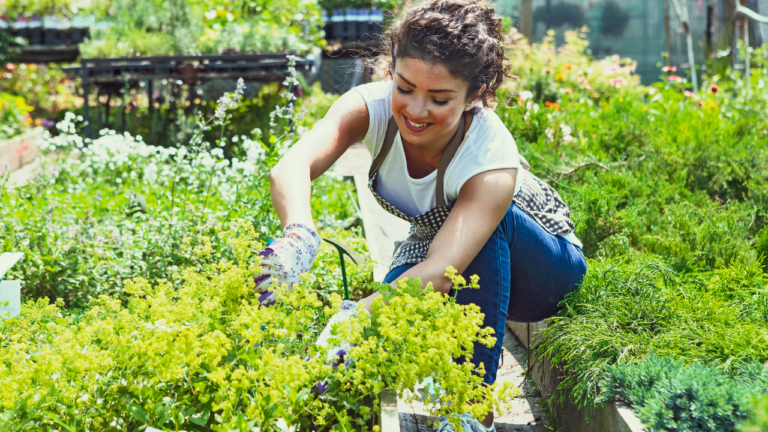
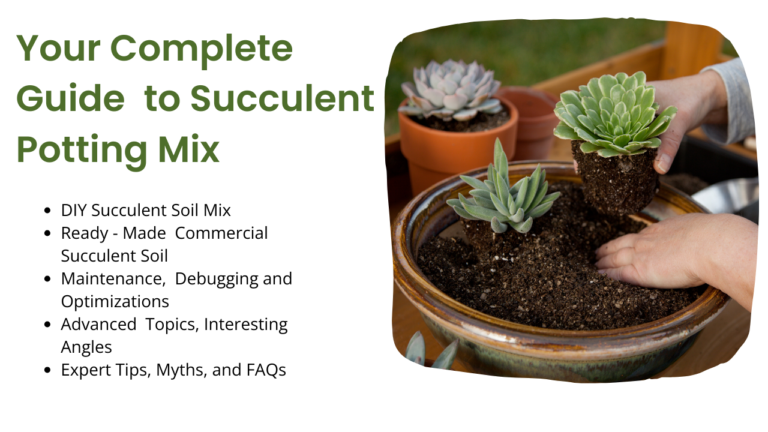
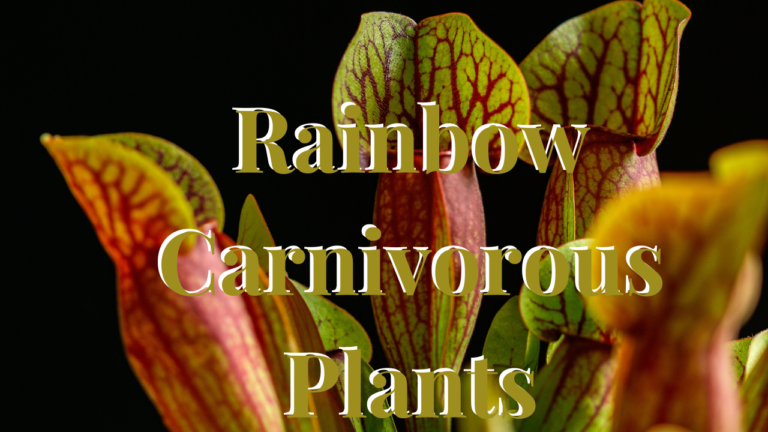

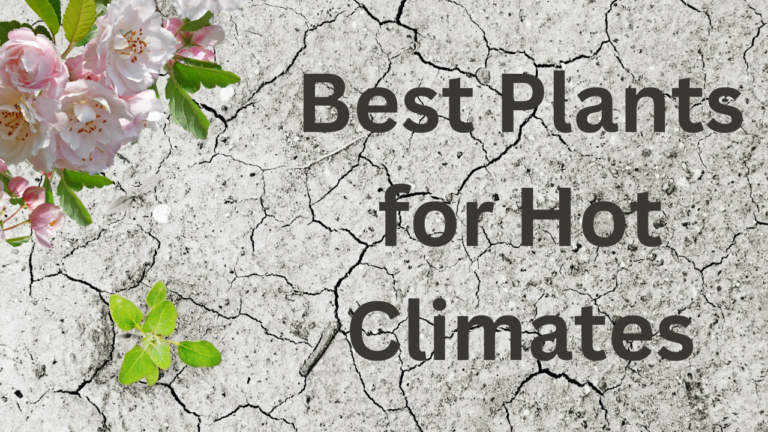


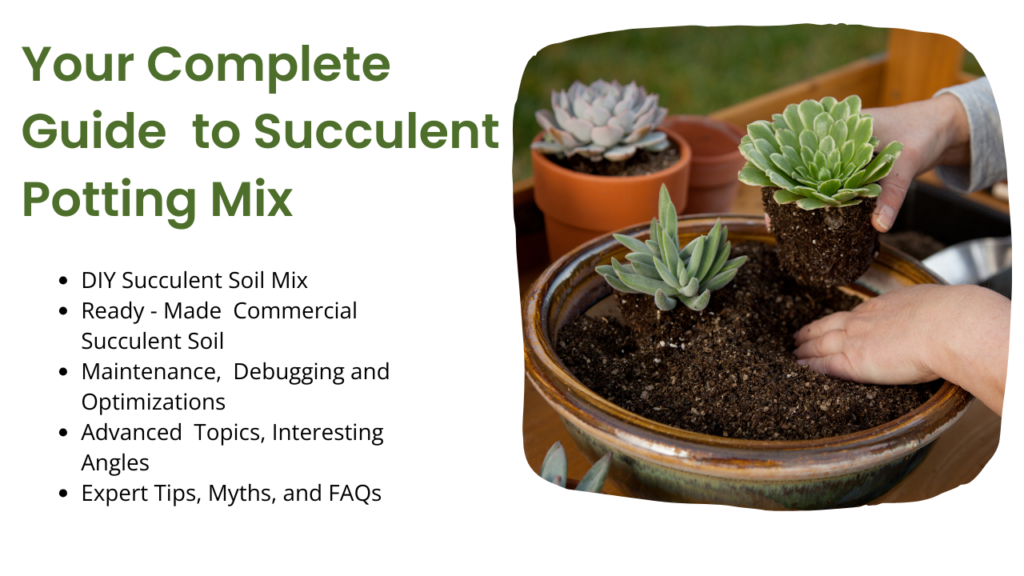

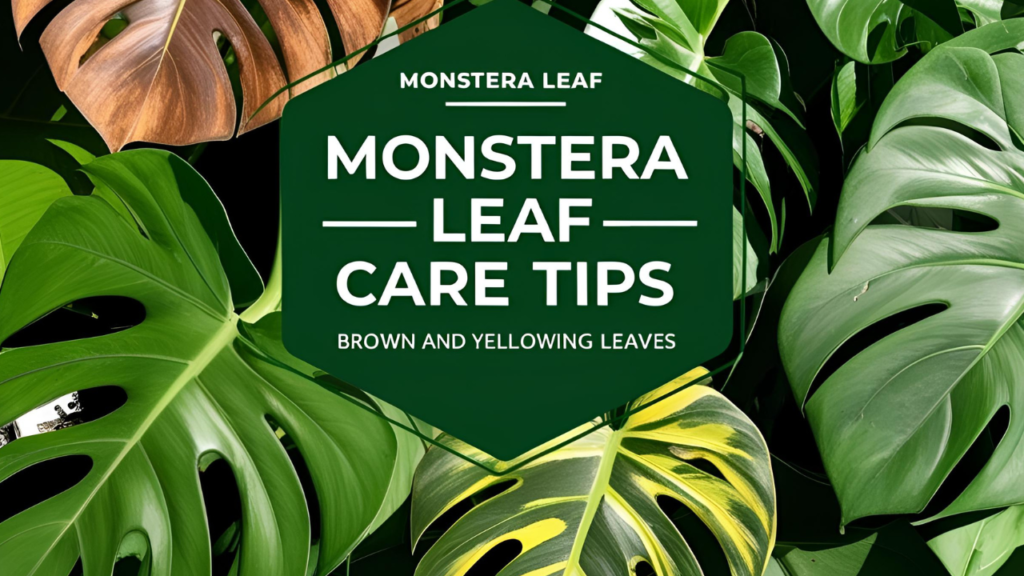

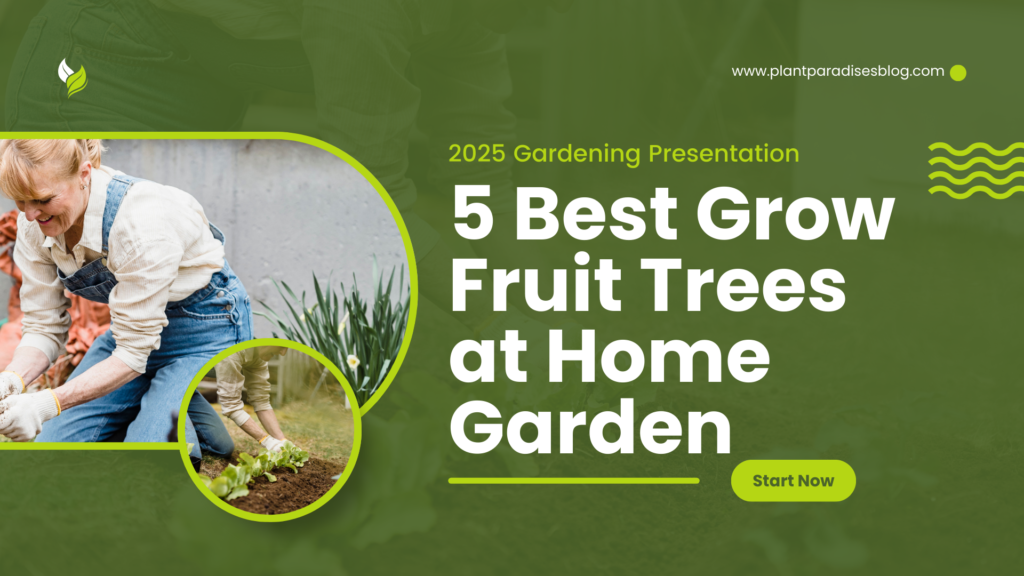
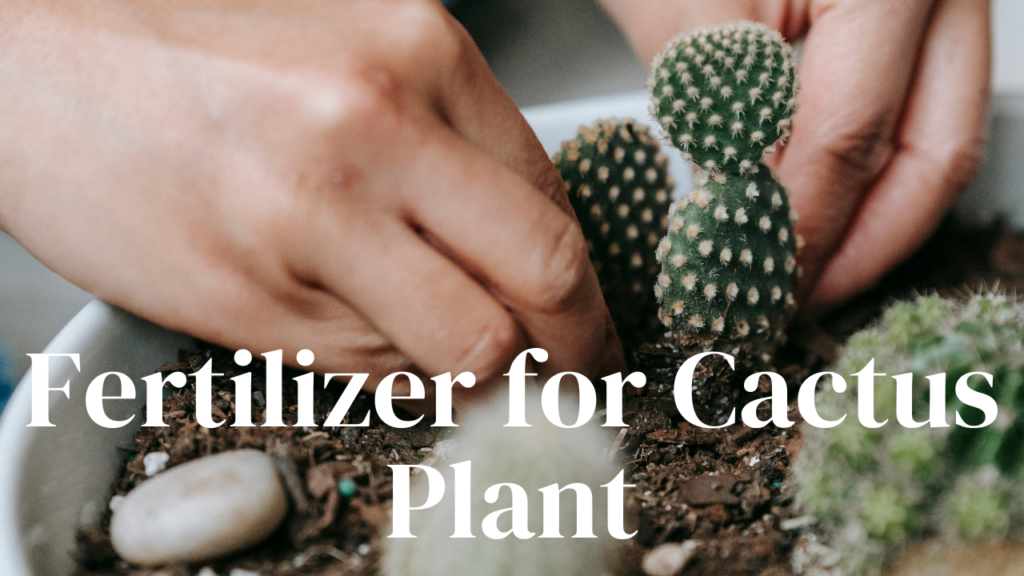
3 Responses
Informative, Good
Really thanks smith